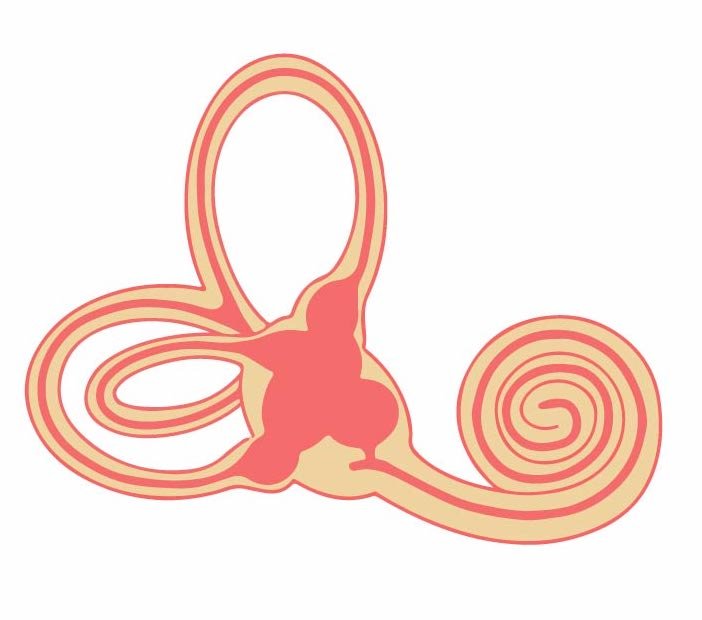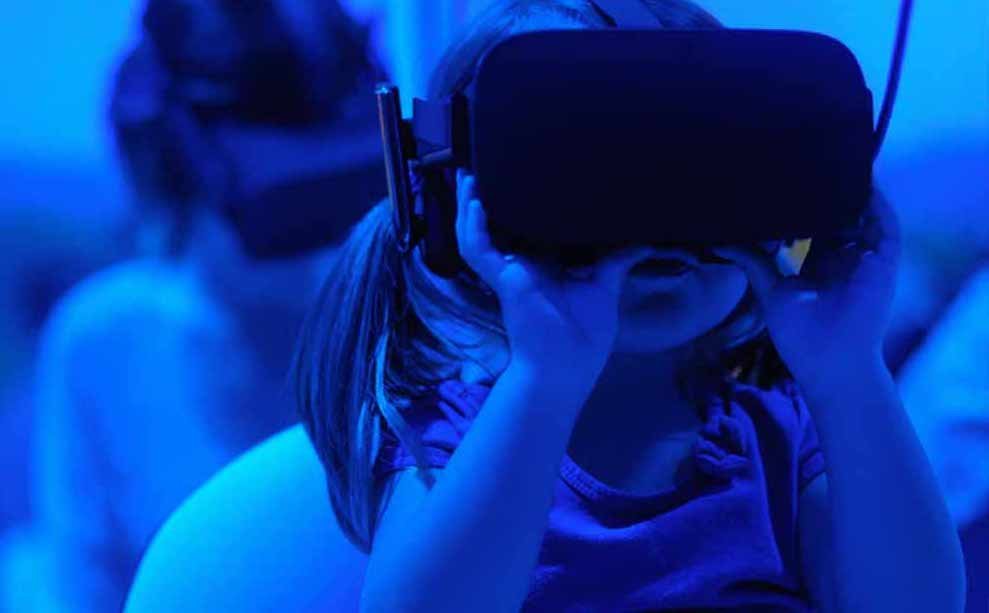In the field of media consumption, it is all about how immersive new technology can get. And the most immersive experience is offered by Virtual Reality headsets. These devices transport you to another world, what could be better than that? One thing. The removal of motion sickness in VR. This is the biggest drawback in VR technology and we have been trying to solve it for the past 50+ years.
There is not one single causative reason behind this vomit-inducing condition and scientists and researchers are trying their best to find the solution that can solve VR motion sickness. This is not just because some people play games on VR, but there is a wider application of VR technology in every field.
What is motion sickness in VR?
The scientific name for the condition is called virtual reality sickness. The reason it is called motion sickness in VR is due to its similarities with motion sickness. Motion sickness happens due to car travel, air travel, etc in which the eyes see the body moving, yet other senses say that there is no motion. Virtual reality sickness is more than just motion sickness.
After using a VR headset, people complain of a feeling of discomfort, headache, changed the respiratory pattern, dizziness, feeling of retching and the most common, nausea. For the question of how long foes motion sickness of VR last, the answer ranges from twenty minutes to even two to 3 hours. Peculiarly, women seem to experience virtual reality sickness more than men. More on that later in the article.

Why does motion sickness in VR occur?
It is hard to believe but scientists have been trying to understand the cause of motion sickness in VR since the 1950s. What’s harder to believe is we still haven’t figured out the reason for this condition. But we have made some progress.
There are five theories that explain the cause of the virtual reality sickness. The three are closely connected and targeting the three issues is the best way to cure motion sickness in VR. The theories are Scenic theory, sensory disconnect theory, eye-motion theory, postural instability theory and the last one, hallucinogenic theory.
Scenic theory of virtual reality sickness
Scenic theory points the blame of motion sickness in VR to the things eyes see in the headset. The images shown to the eyes aren’t like the ones seen in actual reality.
First and foremost is the presence of bad graphics. Eyes are not used to seeing low-rendered graphics. The world around us very detailed. But the sudden change into an artificial world confuses our brain and makes it uncomfortable. Even though the graphics are very good, as the case of Half-Life Alyx, you can still see the difference in reality and virtual reality.
Sensory disconnect theory
As the name suggests, this theory states that the VR sickness occurs due to the disconnect between different senses. To maintain balance, your brain takes the input from your eyes (visual), the sense of touch (where you are standing or sitting) and from your ears (the vestibular system). When these three senses provide different input, the brain gets confused.

Your eyes see motion in the VR headset, your body says that you are stationary while the vestibular system in your ears say that you are not moving at all. This is the reason for the feeling of dizziness and nausea after using VR. The sensory inputs are very powerful.
Try spinning for 10 seconds and then stop suddenly. Your head would still be spinning. This is the vestibular system telling the brain that the fluid inside the ear is moving.
Eye-motion theory
When you are in the real world, you don’t move your eyes that often, unless you are playing video games. But in virtual reality, there is an unnatural amount and type of eye-motion which causes fatigue. This fatigue is then shown in the VR sickness, both in the brain and eyes.
The quick-moving pictures and elements in the VR scene, added with sensory disconnect creates this sickening cluster of nausea. This is why most VR games and programs are trying to create stable and static scenes with as little motion as possible. But again, that isn’t working really well.
Another way of avoiding this is by creating a reference point. Researchers at Purdue University found a way that could help in simulator sickness. They added a virtual nose so that the brain gets a reference point. The results weren’t phenomenal, as it reduced VR sickness by just 13.5 percent. But nevertheless, the results were promising and more research can increase the percentage.
Postural Instability theory
Proposed by Riccio and Stoffregen, this theory states that the inability of an animal to maintain posture in a new situation can result in motion sickness. Postural instability is caused due to sensory disconnection, visual irregularities, etc. More research is due to this theory.
Hallucinogenic theory
The wildest theory in this article is the hallucinogenic theory of motion sickness in VR. This theory was proposed by M Treisman and it connects the reasons for VR sickness with our ancestors trying hallucinogenic drugs.
Imagine one of our ancestors trying a hallucinogenic mushroom. Let’s assume that this was a male. What happened to him next was his eyes started seeing things, he started feeling that he is floating. But the vestibular system of ears reported there has been no such motion. The brain then pinpoints that the cause of this condition is the mushroom, which is still inside.

As a response, the brain starts making things dizzy and nauseous. This is followed by retching to vomit out the hallucinogen. This is what happens with some people who use VR. Our brains think that it is on some hallucinogen and tries to vomit it out, making us feel nauseous and dizzy.
Why does VR sickness occur more in women than men?
A study by Stoffregen showed that women are susceptible to motion sickness in VR more than men. But how can technology be sexist? Was it due to some biological differences in men and women? It turned out that it was due to the make of most of the VR headsets. They were designed to fit men and not women.
It was found that interpupillary distance, which is the distance between the pupils of your eyes, plays an important role in VR sickness. The make of the VR usually fits well for men but not for women. In research by Jacqueline M. Fulvio, Mohan Ji and Bas Rokers, it was found that nearly 90% of women have pupils that do not fit the VR headset, but for men, the percentage is only 5%.
So there was an issue with the hardware that was causing the sexist discrimination. But even if we make the headset hardware fit for women, the general VR sickness still remains. How do we get rid of that? Both for men and women? There are a few remedies
Cure for motion sickness in VR

There isn’t one for all sickness that can solve all the issues, but there are multiple “remedies” for the sickness. These remedies are just like home remedies for sickness, some work and some don’t. You have to find the right one for you.
- The first one is to try to move according to the scenes in the VR. If you are walking in the VR scene, try emulating that in real life. Always have enough open space around you to make sure you can move freely.
- Use a proper VR headset with a good frame rate. VR headsets that cannot give output on higher frame rates cause more motion sickness than others. Headsets with lower refresh rates and frame rates less than 60fps can cause severe discomfort. So do make sure about that.
- Don’t use VR for more than 30 minutes in the beginning. Keep the learning curve gradual and get used to it slowly.
- Lower the brightness and field of view on the VR headset to reduce the strain on your eyes. It was found that an increased field-of-view makes it very difficult for the brain to get used to it. This increases the symptoms of virtual reality sickness.
- Stop using the VR headset the moment you get the feeling of nausea. If you keep using the VR headset even for a few minutes while you are experiencing motion sickness can make your brain associate the sickness with the headset. This can be avoided by removing the headset the moment symptoms start showing.
- Make sure you are in a well-ventilated environment where you can get plentiful oxygen. Also try and drink plenty of water and eat properly before playing. Motion sickness added with an empty stomach and dehydrated body is a concoction for disaster. So please avoid that.
These remedies will definitely help you with the symptoms and you might have to use different combinations of these remedies for it to work. If still there isn’t any relief, i’d recommend that you stop using VR headset. Continuous upsetting of your senses can have detrimental effects.
